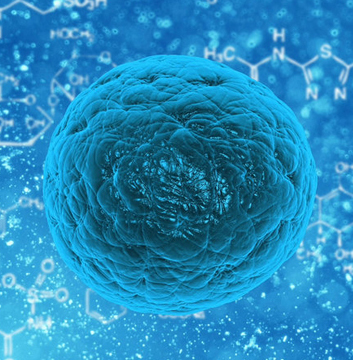
When you hear the word “nanomedicine,” it might call to mind scenarios like those in the 1966 movie “Fantastic Voyage.” The film portrays a medical team shrunken down to ride a microscopic robotic ship through a man’s body to clear a blood clot in his brain.
Nanomedicine has not reached that level of sophistication yet. Although scientists can generate nanomaterials smaller then several nanometers – the “nano” indicating one-billionth of a meter – today’s nanotechnology has not been able to generate functional electronic robotics tiny enough to inject safely into the bloodstream.
Since the concept of nanotechnology was first introduced in the 1970s, it has made its mark in many everyday products, including electronics, fabrics, food, water and air treatment processes, cosmetics and drugs. Given these successes across different fields, many medical researchers were eager to use nanotechnology to diagnose and treat disease.
I am a pharmaceutical scientist who was inspired by the promise of nanomedicine. My lab has worked on developing cancer treatments using nanomaterials over the past 20 years. While nanomedicine has seen many successes, some researchers like me have been disappointed by its underwhelming overall performance in cancer. To better translate success in the lab to treatments in the clinic, we proposed a new way to design cancer drugs using nanomaterials. Using this strategy, we developed a treatment that was able to achieve full remission in mice with metastatic breast cancer.
Nanomedicine refers to the use of materials at the nanoscale to diagnose and treat disease. Some researchers define nanomedicine as encompassing any medical products using nanomaterials smaller than 1,000 nanometers. Others more narrowly use the term to refer to injectable drugs using nanoparticles smaller than 200 nanometers. Anything larger may not be safe to inject into the bloodstream.
Several nanomaterials have been successfully used in vaccines. The most well-known examples today are the Pfizer-BioNTech and Moderna COVID-19 mRNA vaccines. These vaccines used a nanoparticle made of of lipids, or fatty acids, that helps carry the mRNA to where it needs to go in the body to trigger an immune response.
Researchers have also successfully used nanomaterials in diagnostics and medical imaging. Rapid COVID-19 tests and pregnancy tests use gold nanoparticles to form the colored band that designates a positive result. Magnetic resonance imaging, or MRI, often uses nanoparticles as contrast agents that help make an image more visible.
Several nanoparticle-based drugs have been approved for cancer treatment. Doxil (doxorubicin) and Abraxane (paclitaxel) are chemotherapy drugs that use nanomaterials as a delivery mechanism to improve treatment efficacy and reduce side effects.
Cancer and nanomedicine
The potential of nanomedicine to improve a drug’s effectiveness and reduce its toxicity is attractive for cancer researchers working with anti-cancer drugs that often have strong side effects. Indeed, 65% of clinical trials using nanoparticles are focused on cancer.
The idea is that nanoparticle cancer drugs could act like biological missiles that destroy tumors while minimizing damage to healthy organs. Because tumors have leaky blood vessels, researchers believe this would allow nanoparticles to accumulate in tumors. Conversely, because nanoparticles can circulate in the bloodstream longer than traditional cancer treatments, they could accumulate less in healthy organs and reduce toxicity.
